Mr. Trinh Van Thu, a member of the Hai Hoa commune industrial shrimp farming cooperative, said: When we join together, we have a common voice when participating in reflecting issues with the government, appointing representatives to negotiate prices with product purchasing units or signing cooperation agreements with units supplying materials for breeds, feed and preparations... with terms that are beneficial to farmers.
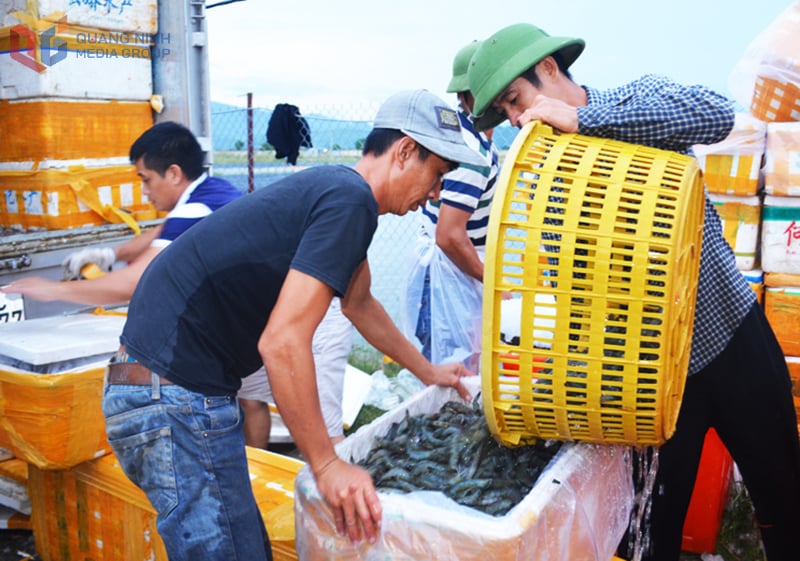
The Hai Hoa industrial shrimp farming cooperative has been maintained for about 4 years, including 10 members, with a farming area of 20 hectares. This is a form of group association, which means gathering many subjects with the same nature of work into one unit. In this form of group association, there are also cooperative models, professional associations and community groups... In the group association on aquaculture, there are short chain linkages, about 2-3 stages connected together; for example, a seed supplier or a floating buoy supplier linked with shrimp, clam, oyster, and sea fish farming households or a product consumption unit linked with production households; a deep linkage, from the initial production stage to the stage of bringing products to the consumer market; a linkage of 3, 4, 5 households including farmers, the state, scientists ...
The whiteleg shrimp farming sector is currently considered to have formed quite clear production, processing and product consumption links. These units purchase shrimp output from production households or production groups, directly process, classify, package or hire units to perform each step and finally sell products to the domestic market or export. These links have been considered chain links, vertical links, deep links, however the number of links is not much.
Mr. Do Dinh Minh, Head of the Department of Sea, Islands and Fisheries, Fisheries Control (under the Department of Agriculture and Environment) said: The advantage for forming the linkage of the shrimp industry in Quang Ninh at present is that the locality has a regional shrimp seed production unit, solving the seed problem not only in the province, but also neighboring provinces and cities; the number of farming households, farming area, and shrimp farming output of Quang Ninh is large enough to become a concentrated production area. Specifically, there are about 3,000 shrimp farming facilities, on a total area of about 7,500 hectares, of which about 4,000 hectares are industrial shrimp farming, with an annual shrimp output of about 25,000 tons. However, the difficulty is that the awareness of maintaining and developing the chain is not high, among producers, processors and consumers.
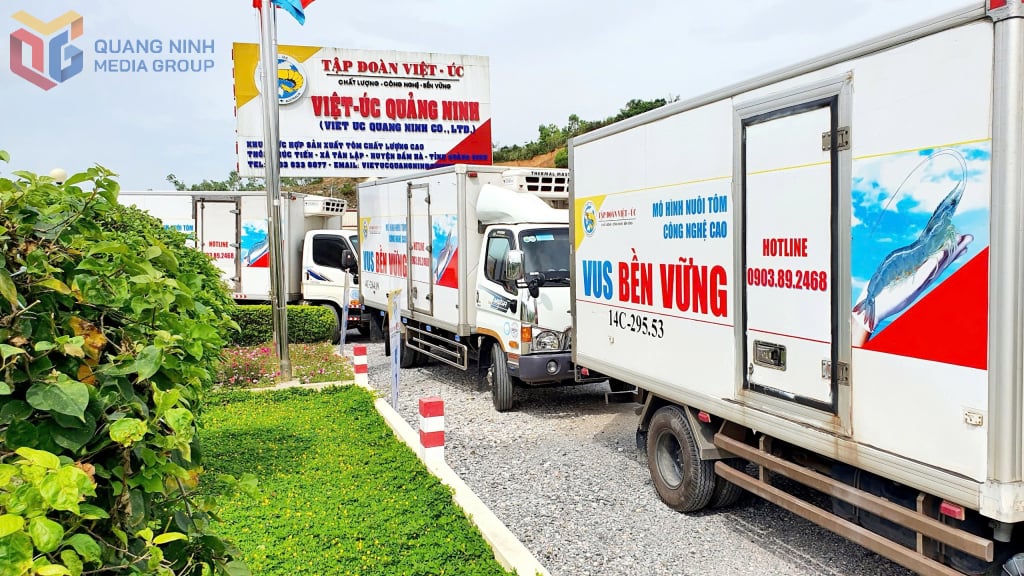
Rebuilding after the recent storm No. 3 Yagi , the mollusk farming area, mainly oyster farming in Quang Ninh has reached over 8,000 hectares, 3,000 hectares higher than before the storm. This is considered the basis for forming chain linkages. But in reality, Quang Ninh does not have in-depth oyster linkages and chain linkages. Ms. Nguyen Thi Thu Hien, Director of Quang Ninh Seafood Production and Trading Company Limited, said: We are a unit that processes instant products from oysters. Currently, our products have a domestic brand and are very ambitious to officially export abroad. However, we face barriers in technical indicators that the farmers themselves, or even our company, cannot meet, such as national supervision of farming areas, application of technical standards and recognition of meeting current international technical standards. This limitation makes it difficult for us to bring our products to demanding but potential markets such as the US, Europe, etc. At the same time, it is not enough to form deep and sustainable linkage chains, which is also one of the important criteria for foreign markets and consumers to be interested in our products. And these problems need to be resolved by the management units at the department, provincial, even ministerial and central levels.
Production linkage is an inevitable requirement in the current context of aquaculture. Having linkage means creating a large raw material production area, creating a focal point to respond to input material enterprises and enterprises consuming output products, or enough strength to pull these enterprises into the linkage chain, creating a business ecosystem, reducing intermediaries, increasing productivity, output, and product value. Based on the actual results in the formation and development of the current linkage chain of aquaculture in the whole province, it is thought that each farmer, aquaculture enterprise and related professional units, local authorities at all levels need to really get involved, solve existing difficulties, create favorable conditions for deep, sustainable value linkage chains to form and promote efficiency.
Source: https://baoquangninh.vn/lien-ket-de-phat-trien-len-tam-cao-moi-3380443.html


![[Photo] Closing ceremony of the 18th Congress of Hanoi Party Committee](https://vphoto.vietnam.vn/thumb/1200x675/vietnam/resource/IMAGE/2025/10/17/1760704850107_ndo_br_1-jpg.webp)





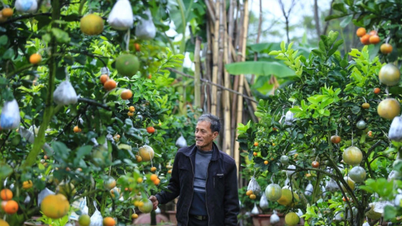

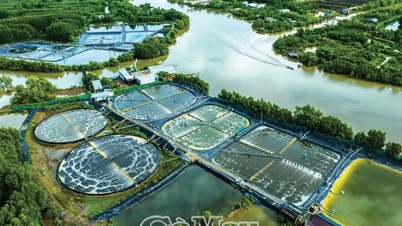

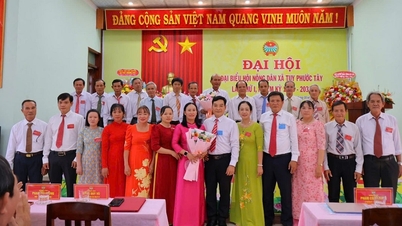

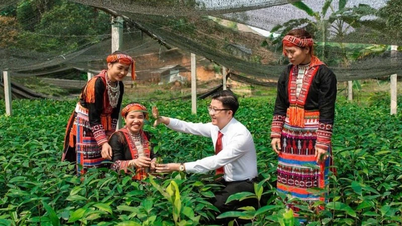

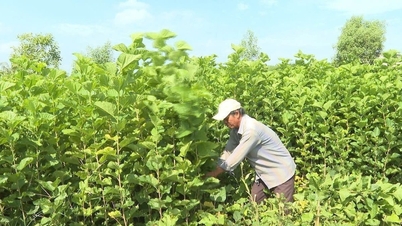

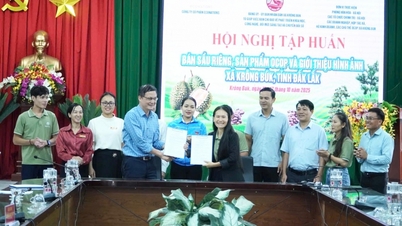

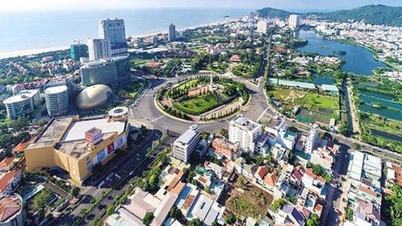

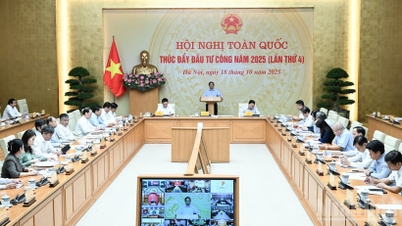

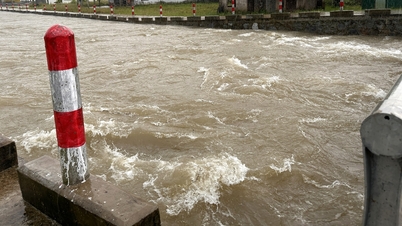
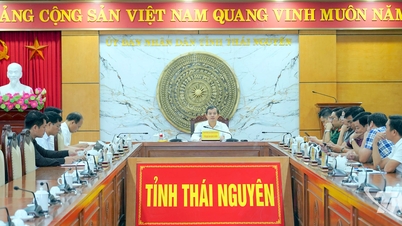

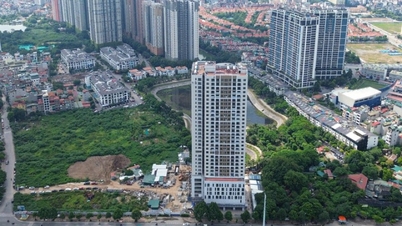

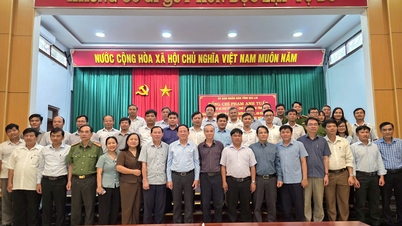







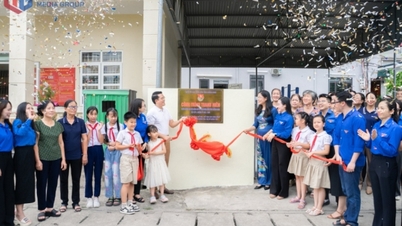
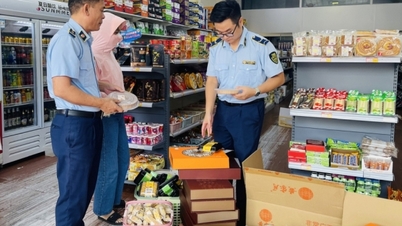
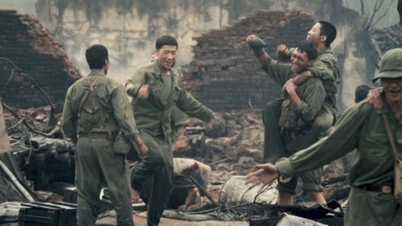
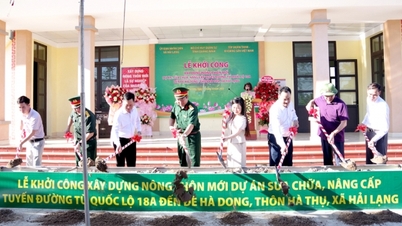

![[Photo] Nhan Dan Newspaper launches “Fatherland in the Heart: The Concert Film”](https://vphoto.vietnam.vn/thumb/1200x675/vietnam/resource/IMAGE/2025/10/16/1760622132545_thiet-ke-chua-co-ten-36-png.webp)







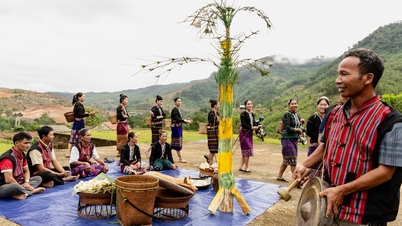





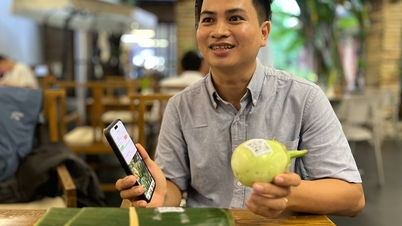



















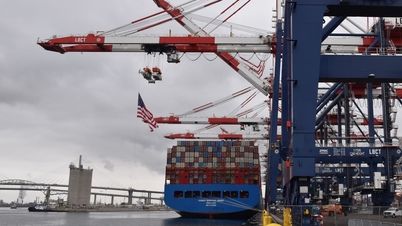
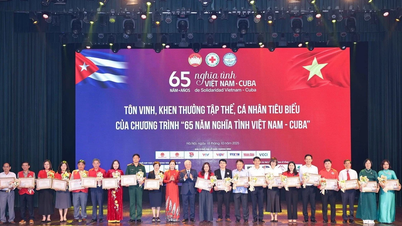
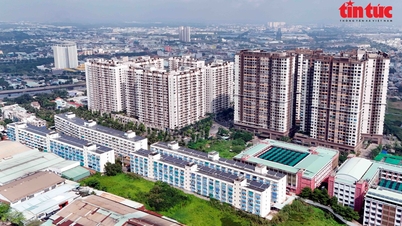
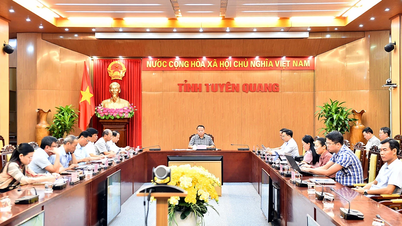

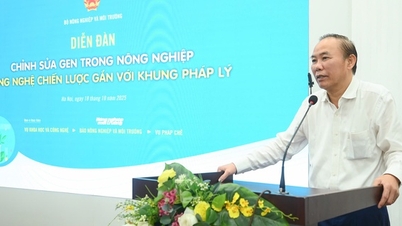










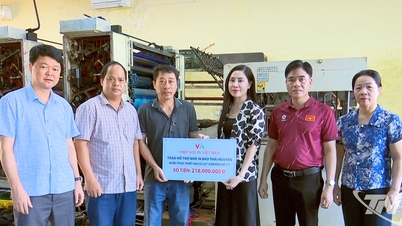
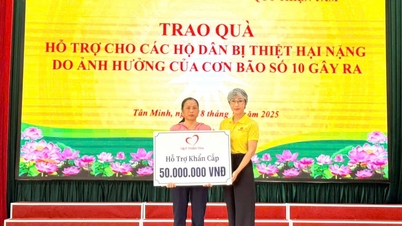



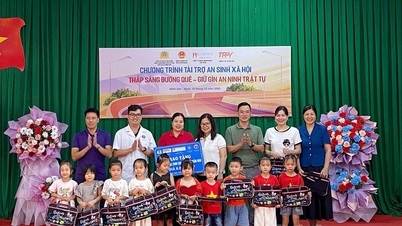
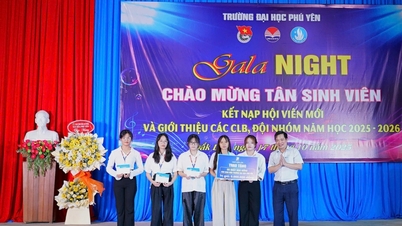
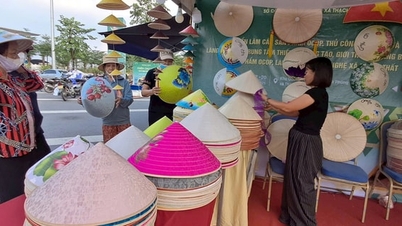







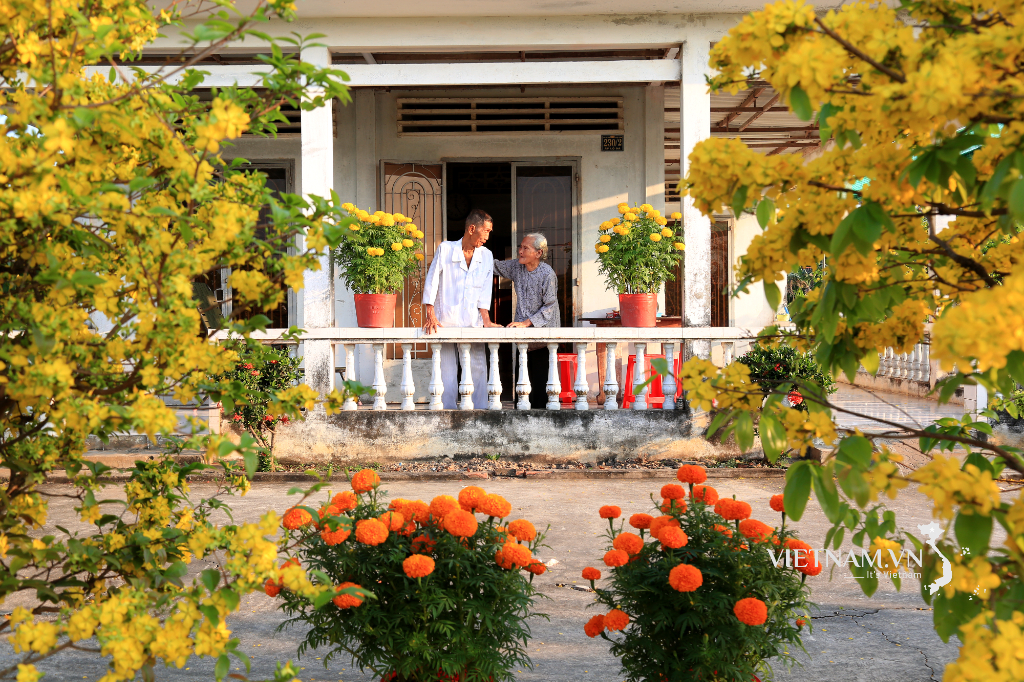



Comment (0)